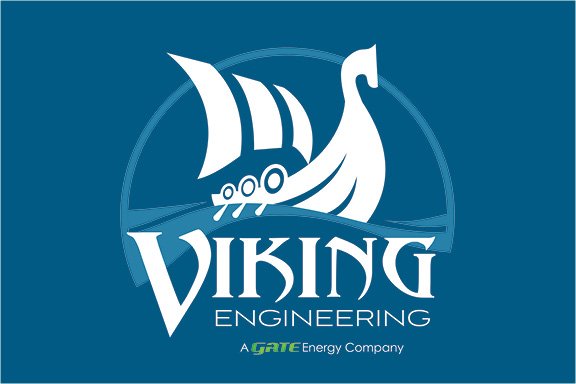Process Hazard Analysis & Accident Investigation
In the oil and gas industry, standard operating procedures (SOPs) are frequently developed late in the project when construction is well underway – too late to impact the design. They may be used for little other than operator training and following startup they often end up on a shelf collecting dust.
Standard Operating Procedures (SOP)
Contrast this with the airline industry, where SOP use has dramatically decreased the frequency and impact of accidents. That industry has created a culture and expectation of following procedures. They use SOPs for normal events – takeoff and landings – and in response to emergencies. Learnings are effectively incorporated into their SOPs.
It is hard to imagine ever having such devotion to SOPs in the oil and gas industry, but it is something we should strive for. Effective SOPs that are diligently used by operators may be the driver for the next step change in process safety in the industry.
But this cannot reasonably be accomplished unless we start writing procedures that are more user-friendly.
We must start writing SOPs that the operators will actually want to use.
Benefits of Our SOP Process
SOPs are important for the safe and effective operations of industrial plants, including oil and gas facilities. A lack of a good SOPs can lead to complications, miscommunications and accidents. Viking provides effective and detailed standard operating procedures that are not only easy to understand, but are operator friendly. Not only are they a viable tool for training, but also minimize operator error.
Viking uses an innovative phased approach. High level SOPs are developed early based on the PFDs. These are then matured to mid-level and finally to detailed procedures as the project matures.
Effective integration of the SOP development effort via a Systems Engineering Team yields other significant benefits:
Coordination with the control systems design efforts can provide valuable guidance to HMI design to mimic how the facility will be operated.
Effective SOPs can dramatically simplify the development of final commissioning and initial startup procedures.
The development of the CMMS and Preventive Maintenance Schedules is more effective if done concurrently with the SOPs. Maintenance tasks can be specifically created and scheduled to reflect the equipment’s planned operability. Spare Parts will be set with valid Min/ Max levels based on the scheduled maintenance tasks, possible unexpected corrective maintenance tasks and logistical hurdles which may require to be overcome.
These are all powerful arguments to put more effort and earlier effort into SOP development, but we seek a still higher goal – Culture Change. Effective SOPs that are diligently used by operators may be the driver for the next step-change in process safety in the industry. But this cannot reasonably be accomplished unless we start writing procedures that are more user friendly; procedures that the operators will actually want to use.









